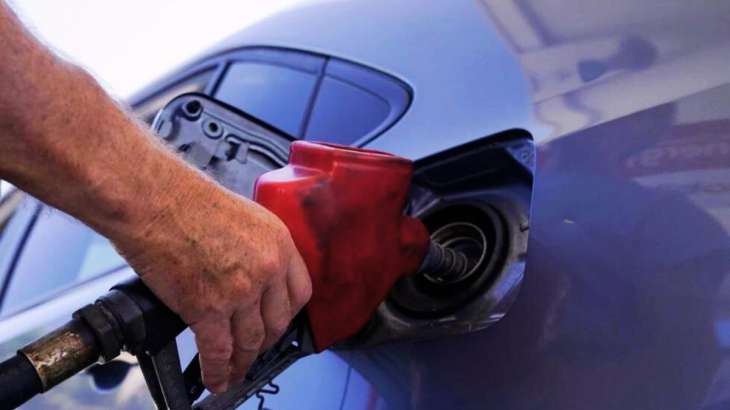
[ad_1]

Saudi Arabia and Russia, on Tuesday, agreed to extend their voluntary oil production cuts through the end of this year, trimming 1.3 million barrels of crude out of the global market and boosting energy prices.
The dual announcements from Riyadh and Moscow pushed benchmark Brent crude above $90 a barrel in trading Tuesday afternoon, a price unseen in the market since November.
The countries’ moves could increase inflation and the cost for motorists at gasoline pumps.
It also puts new pressure on Saudi Arabia’s relationship with the United States, as President Joe Biden last year warned the kingdom there would be unspecified “consequences” for partnering with Russia on cuts as Moscow wages war on Ukraine.
Is it a measure to stabilise oil markets?
Saudi Arabia’s announcement, carried by the state-run Saudi Press Agency, said the country still would monitor the market and could take further action if necessary. “This additional voluntary cut comes to reinforce the precautionary efforts made by OPEC+ countries with the aim of supporting the stability and balance of oil markets,” the Saudi Press Agency report said, citing an unnamed Energy Ministry official.
State-run Russian news agency Tass quoted Alexander Novak, Russia’s deputy prime minister and former energy minister, as saying Moscow would continue its 300,000 barrel-a-day cut.
The decision “is aimed at strengthening the precautionary measures taken by OPEC+ countries in order to maintain stability and balance of oil markets,” Novak said.
Benchmark Brent crude traded Tuesday above $90 a barrel after the announcement. Brent had largely hovered between $75 and $85 a barrel since last October. A barrel of West Texas Intermediate, a benchmark for America, traded around $87 a barrel.
Why does Saudi Arabia decide to cut oil production?
A series of production cuts over the past year has failed to substantially boost prices amid weakened demand from China and tighter monetary policy aimed at combating inflation. But with international travel back up to nearly pre-pandemic levels, the demand for oil likely will continue to rise.
The Saudis are particularly keen to boost oil prices in order to fund Vision 2030, an ambitious plan to overhaul the kingdom’s economy, reduce its dependence on oil and to create jobs for a young population.
The plan includes several massive infrastructure projects, including the construction of a futuristic $500 billion city called Neom.
But Saudi Arabia also has to manage its relationship with Washington. Biden campaigned on a promise of making the kingdom’s powerful Crown Prince Mohammed bin Salman a “pariah” over the 2018 killing of Washington Post columnist Jamal Khashoggi.
Will it impact India?
India’s import of cheap Russian oil plunged to its lowest in seven months in August as monsoon rains dampened demand, industry data showed. Indian refiners ramped up purchases from less than 2 per cent of their entire buys in pre-Ukraine war times to 33 per cent to capture the discounted oil.
India’s oil imports from the UAE also dropped to 273,000 bpd in August from 290,000 bpd in the previous month. Purchases from the US were also down at 160,000 bpd from 219,000 bpd in July. India’s overall crude imports, which declined 7 per cent in August to 4.35 million barrels a day, are likely to pick up from October as product demand will gather pace in the fourth quarter.
However, the reports claimed India has boosted its oil trade with Saudi Arabia in order to meet its demand. As of now, there is no confirmation whether India will increase its prices. However, it is unlikely the BJP-led government will increase fuel prices amid the fact the country will go for general elections next year.
(With inputs from agencies)
Also Read: OPEC Plus will continue oil output cuts as prices remain unchanged
[ad_2]
Source link